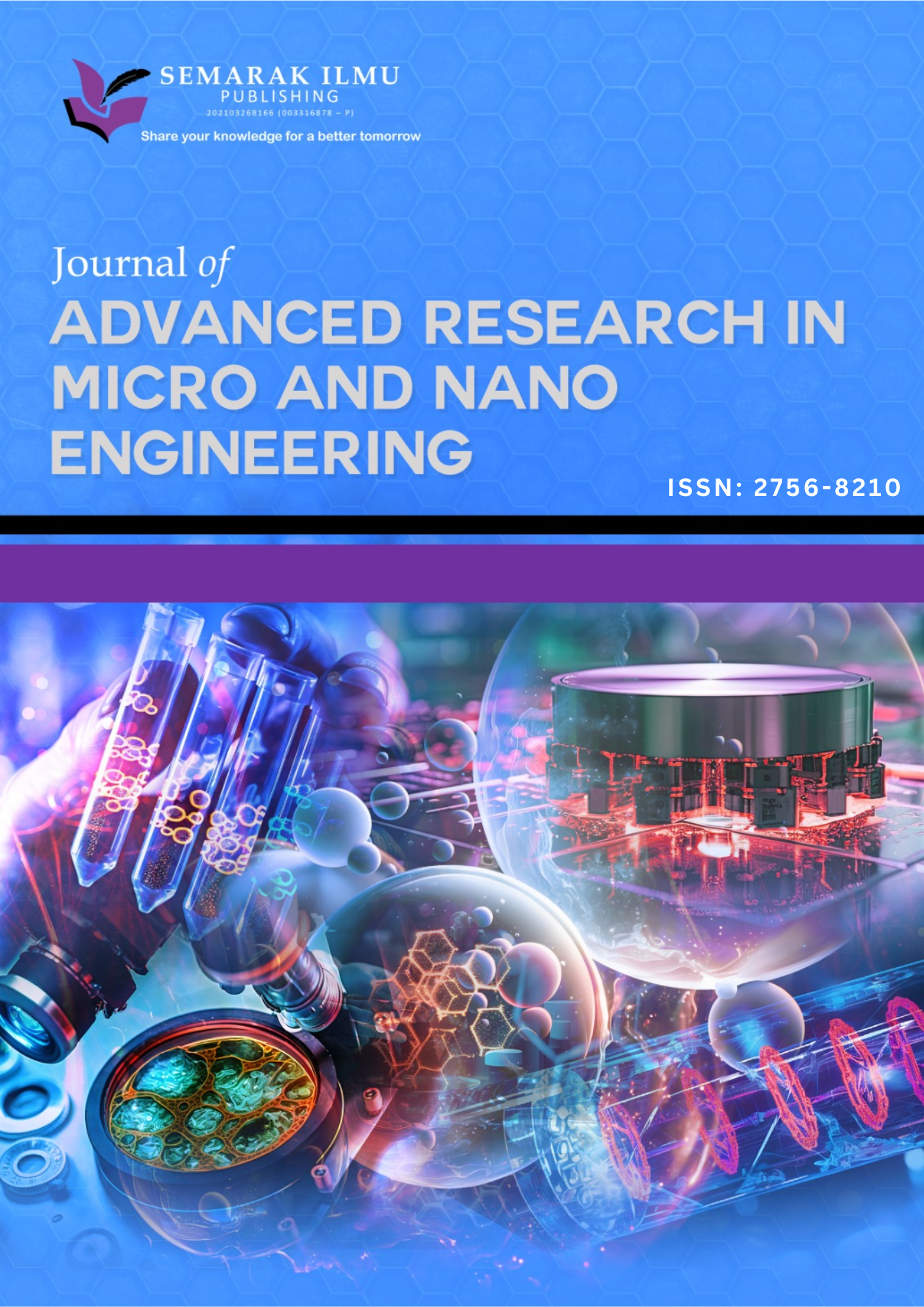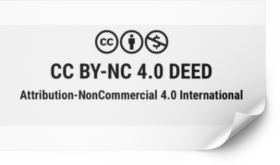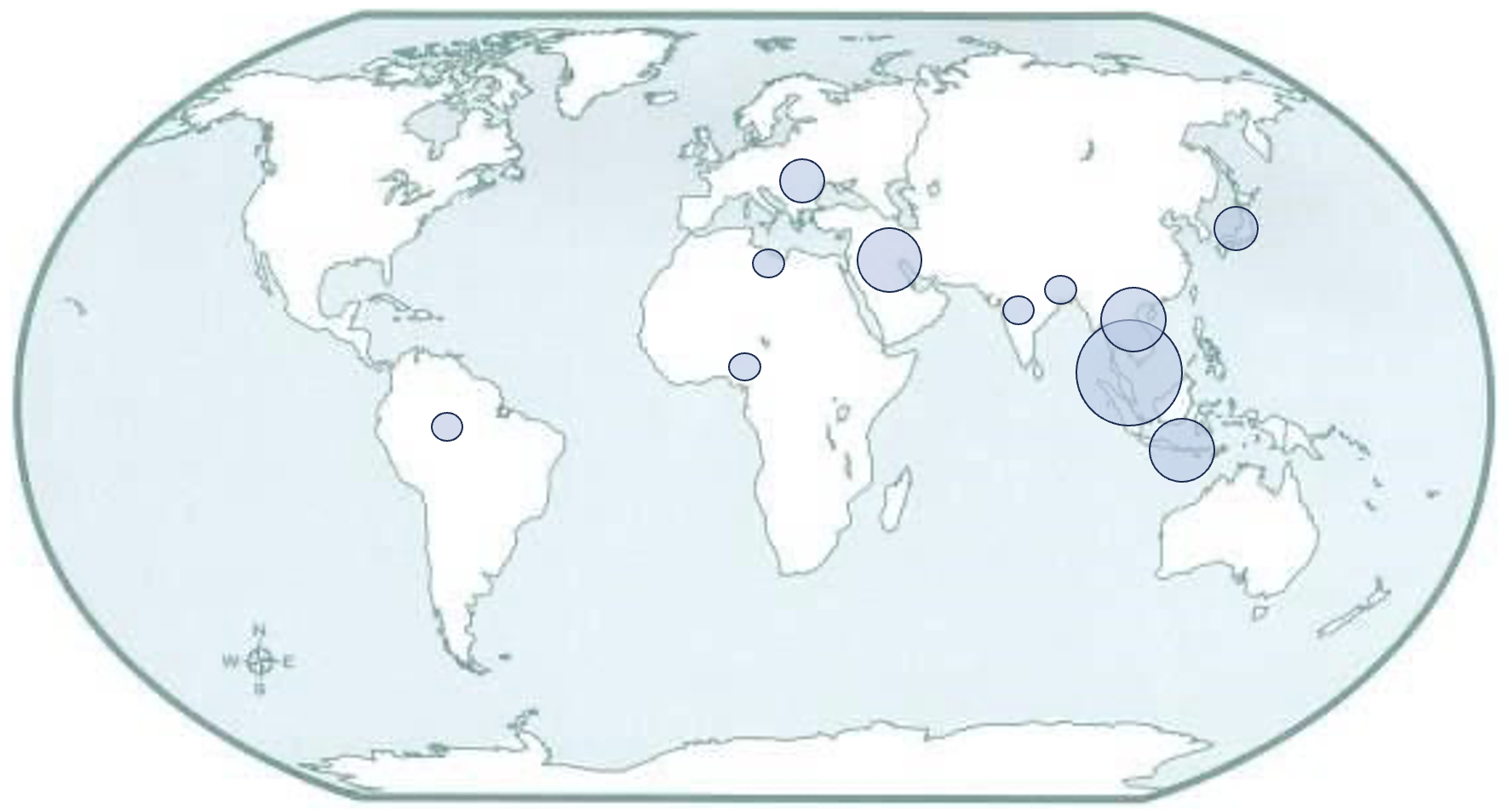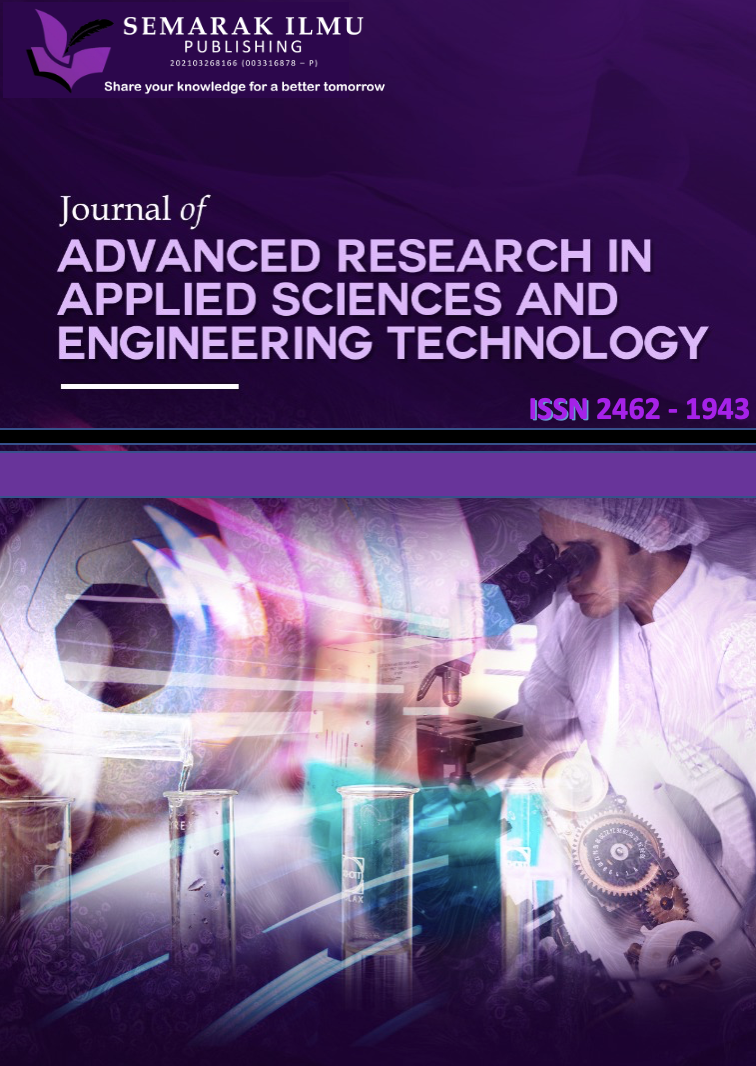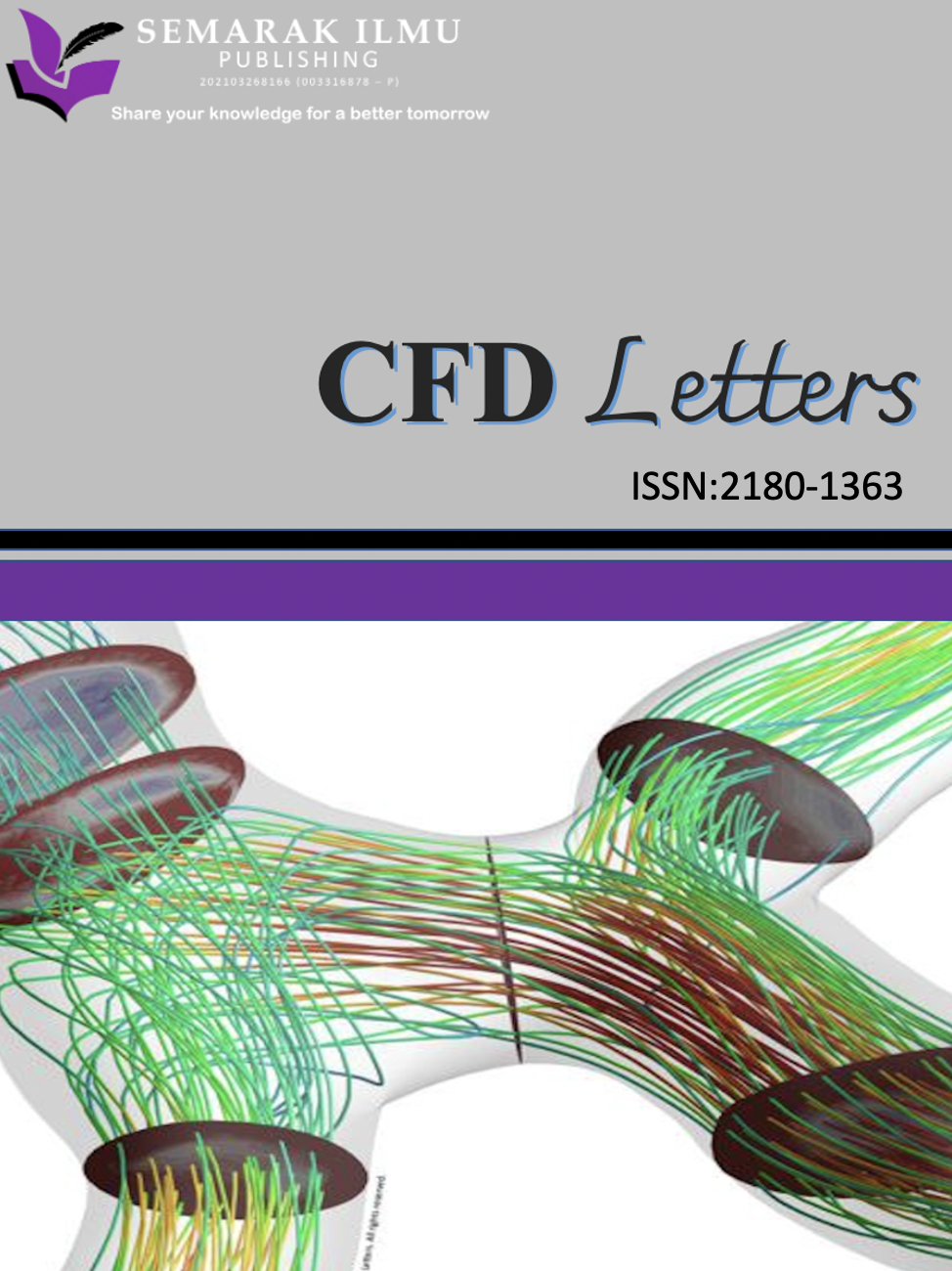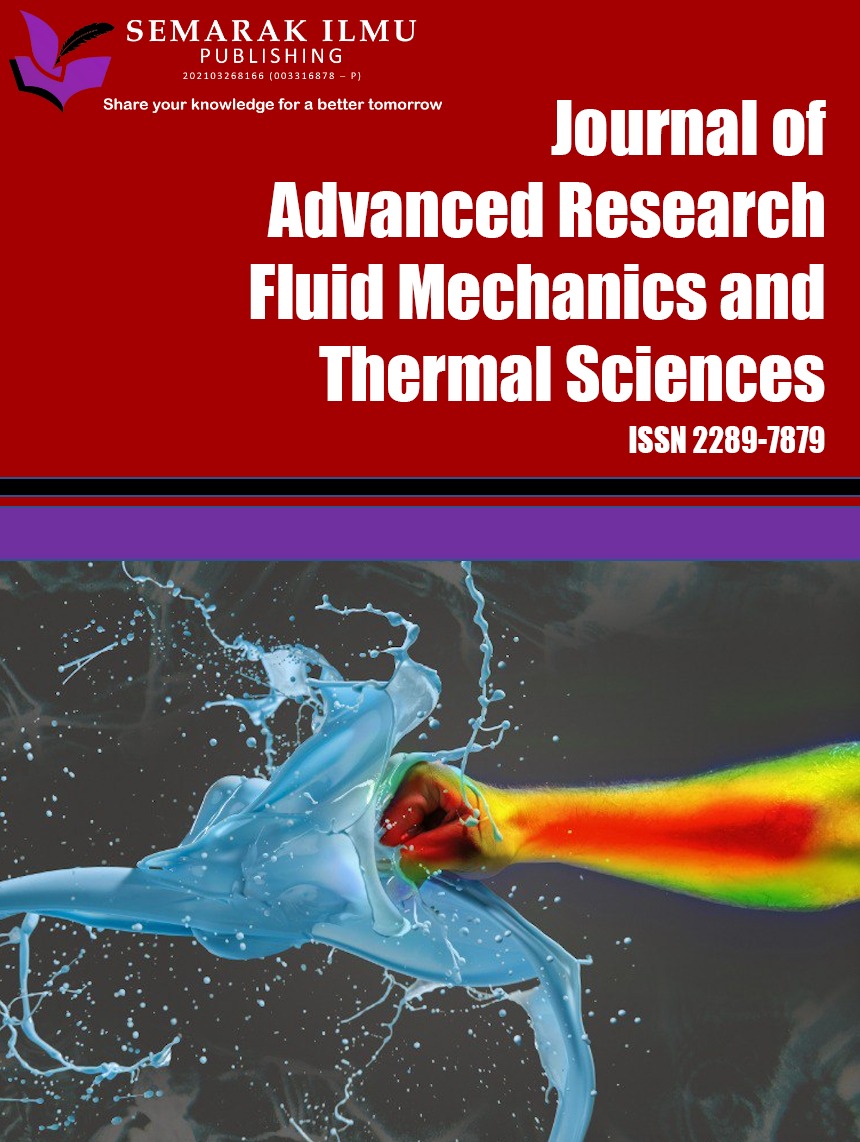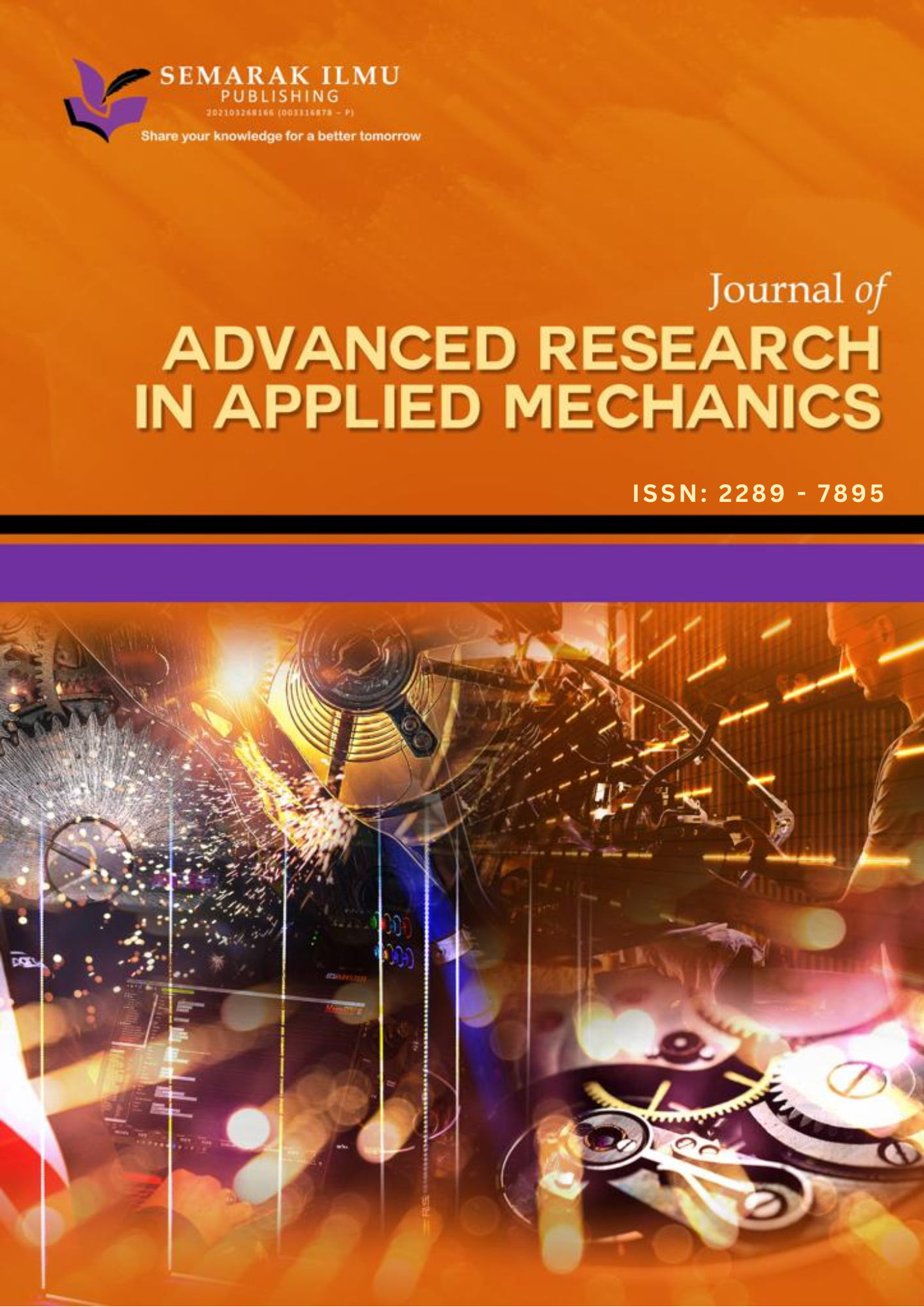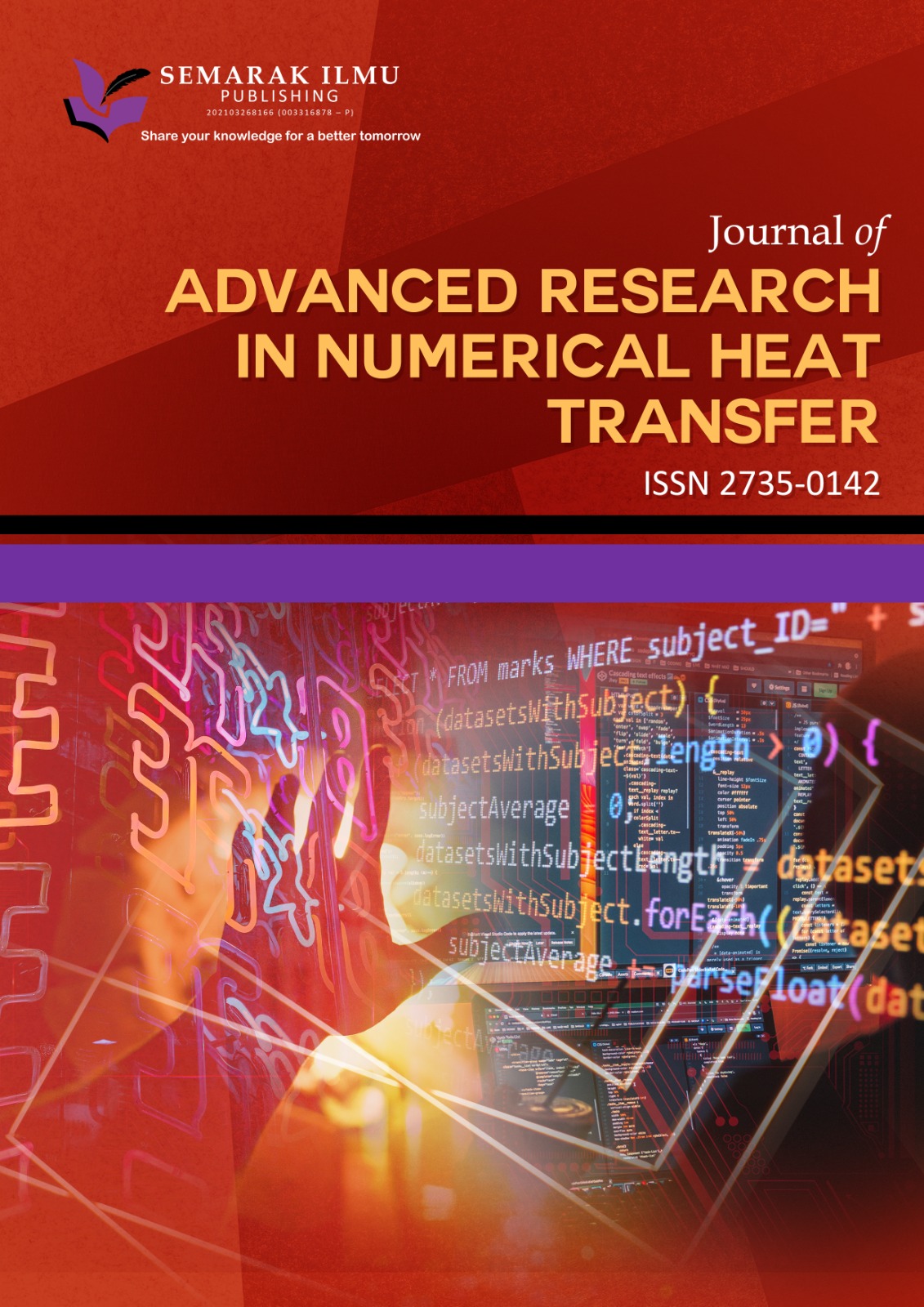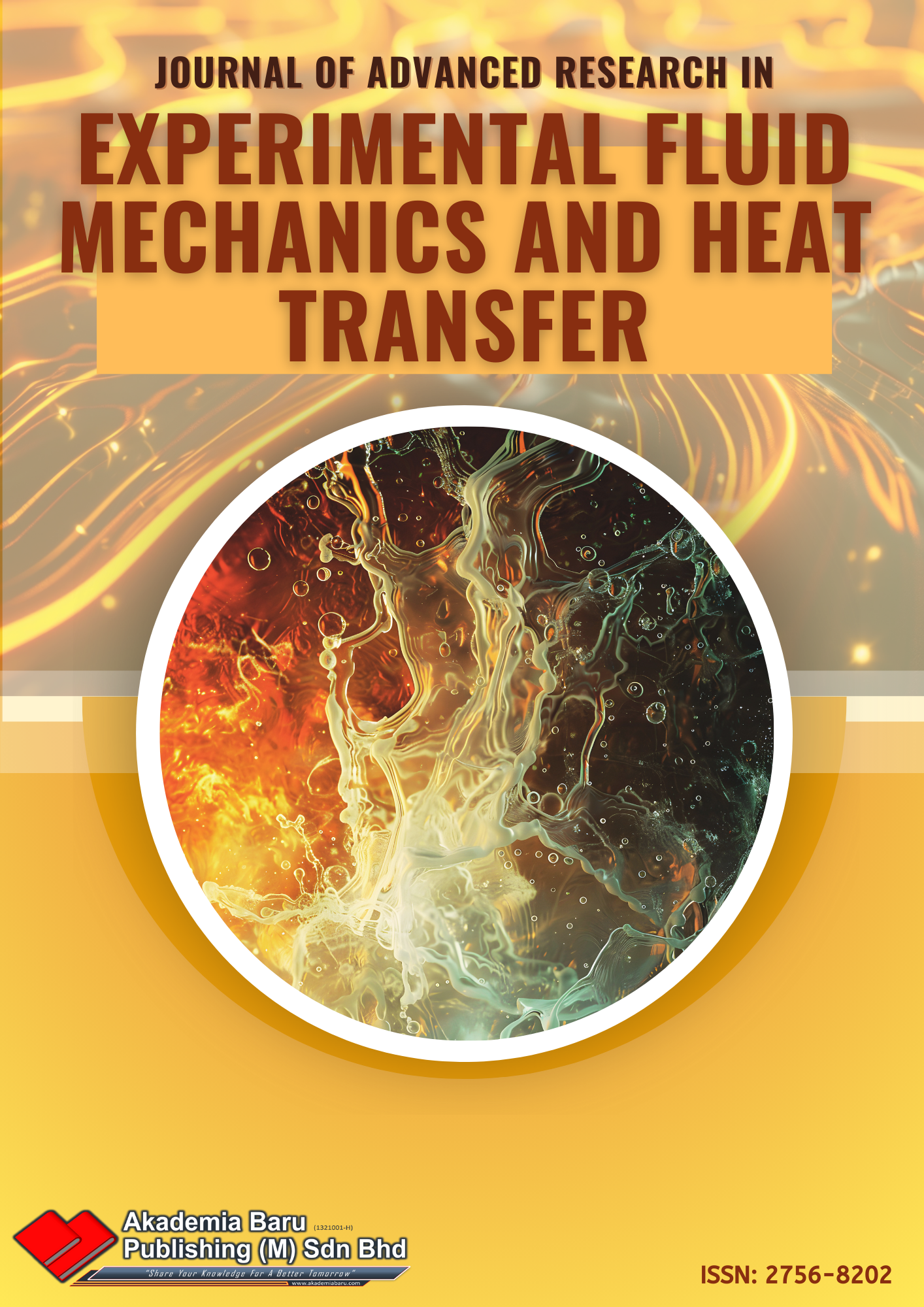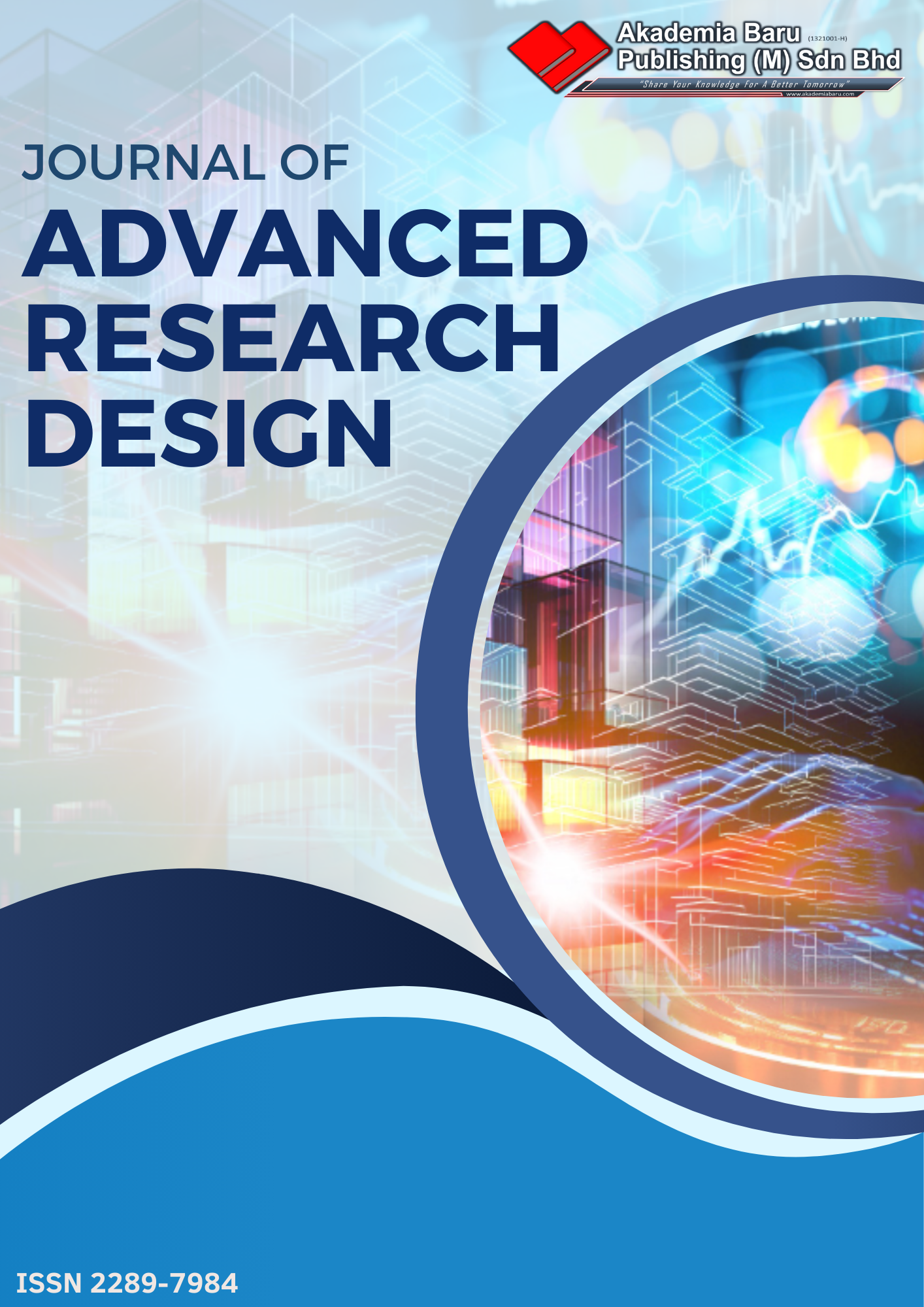Correlation Between Resistance and Peel Test on Difference Curing Temperature in Nano-Silver/Nano-Graphene Conductive Paste
DOI:
https://doi.org/10.37934/armne.30.1.3347Keywords:
Nano-silver, nano-graphene, hybrid conductive ink, adhesion, curing temperatureAbstract
This research investigates the correlation between resistance and peel test on difference curing temperature in nano-silver/nano-graphene conductive paste. The study focuses on how curing conditions, particularly temperature and time impact the resistivity and adhesion strength of the conductive ink. This research addresses the challenge of optimizing curing conditions specifically temperature and time to enhance the resistivity and adhesion strength of conductive paste in printed electronics without relying on adhesion promoters which often compromise electrical conductivity. For the preparation of the hybrid conductive ink, nano-graphene powder was mixed with ethanol in a beaker. The nano-graphene/ethanol mixture was sonication for 10 minutes. Subsequently nano-silver was added into the mixture followed by an additional hour of sonication. Next, silver acetate was incorporate into the mixture and sonicated for another hour. The solution was heated on a hotplate and stir using a magnetic stirrer until the ethanol fully evaporated. The mixture was then placed in a furnace for an hour to set. At room temperature the mixture was pounded into powder. The organic solvents, specifically 1-butanol and terpineol were added into the powder. This mixture was then processed using a Thinky mixer to form a paste. The hybrid conductive paste was printed on copper substrates and cured at varying temperatures of 240°C, 250°C and 260°C for durations of 4, 5 and 6 hours respectively. A crosshatch peel test was conducted to evaluate the adhesion of the hybrid conductive ink to the copper surfaces following the guidelines of the ASTM D6677 standard. This standard employs an adhesion scale that spans from 0B to 5B. A rating of 0 indicate weak adhesion whereas a rating of 5 indicate excellent adhesion. The findings demonstrated increased curing temperatures have an adverse effect on the adhesive strength of the conductive ink highlighting the correlation between curing conditions and adhesion qualities. As curing temperature increases, resistance may decrease due to better sintering of particles, improving conductivity. A stronger bond from the peel test indicates better adhesion, enhancing semiconductor reliability. Future research should focus on the effects of integrating additives or modifying ink composition to improve adhesion qualities during high temperature curing.
Downloads






